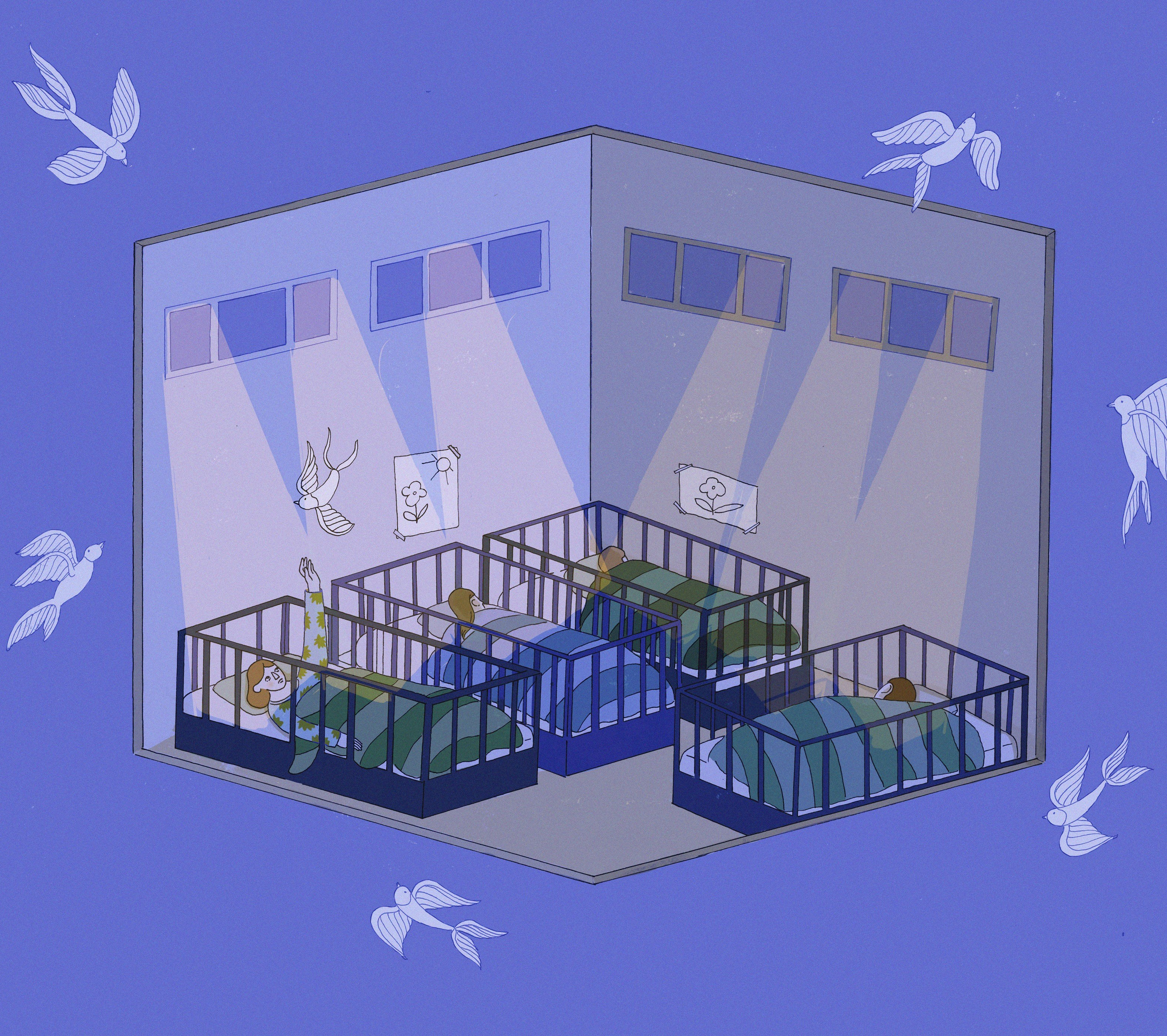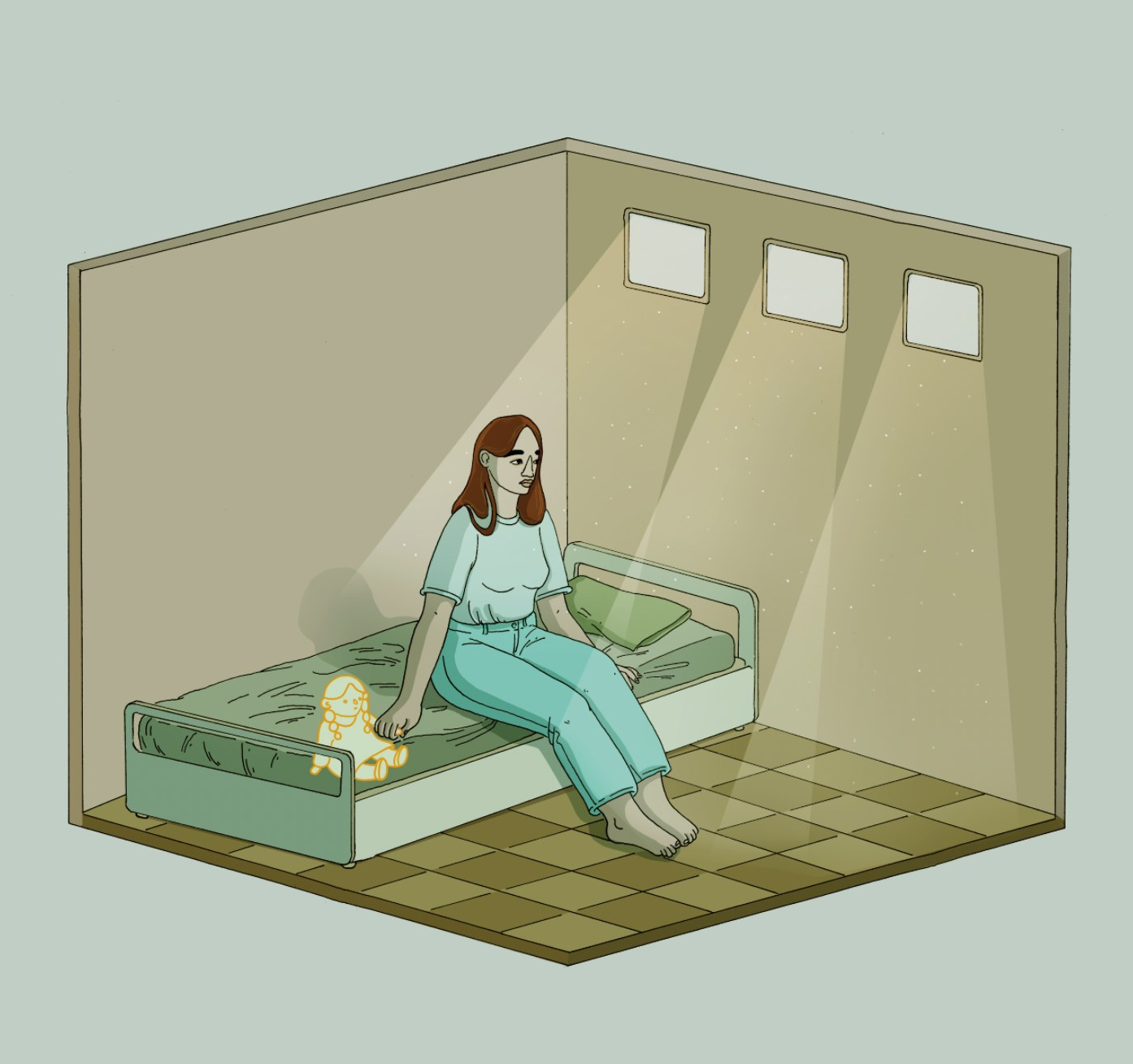Millions of people are deprived of their liberty around the world, because of their disabilities.
That is why we partnered with Fine Acts to ask artists Borislava Willnevermadeit and Stalker Since 1993 to illustrate stories of persons with disabilities experiencing different forms of deprivation of liberty. The result is this extraordinary series of illustrations depicting the stories of Amil, Ashia, Espe, Kibou, Deene, Ireti, Umit, Themba and Nadia.
Millions of people around the world are deprived of their liberty because of their disabilities. Away from the public eye, and with little or no interaction with the community, they are all but invisible and forgotten.
Although their names are fictitious, these 9 characters incarnate stories of real women, children and men with disabilities facing abuse, violence and neglect in different parts of the world, and whose lives and freedom depend on government action to enforce and protect their fundamental rights. (Click to learn more about those rights).
Espe: the constraints of shame.
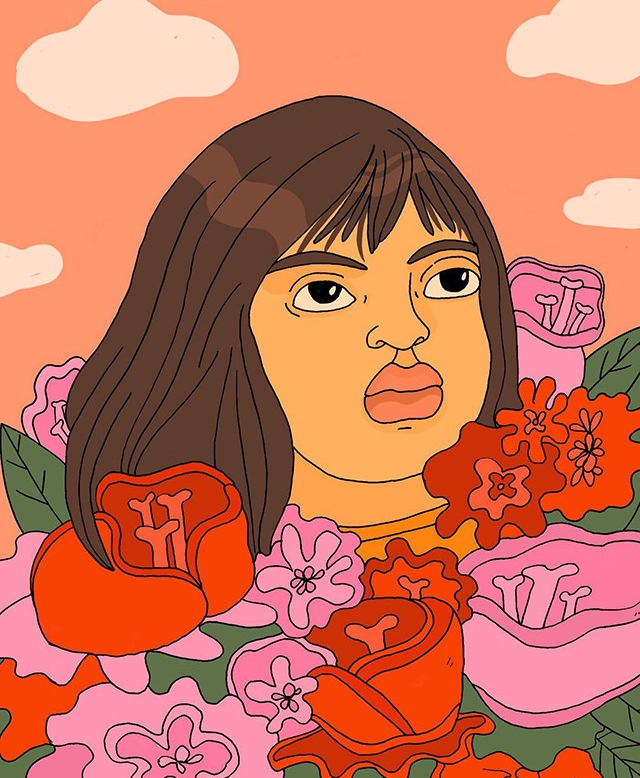
Espe was born with Down syndrome, and her parents rarely allowed her to leave the house. Now an adult, Espe lives in an institution for adults with intellectual disabilities. She spends her days and nights in a room, only allowed to go out into a fenced, concrete yard… (Click on the image)

Deene: the bars of neglect.

Deene lives in an orphanage for children with developmental disabilities. Like many of the children in the institution, she has never, ever, left her tiny steel-bar crib. Malnourished and neglected, she looks like a little girl, despite being already a teenager.
Amil: the prison of one’s room.
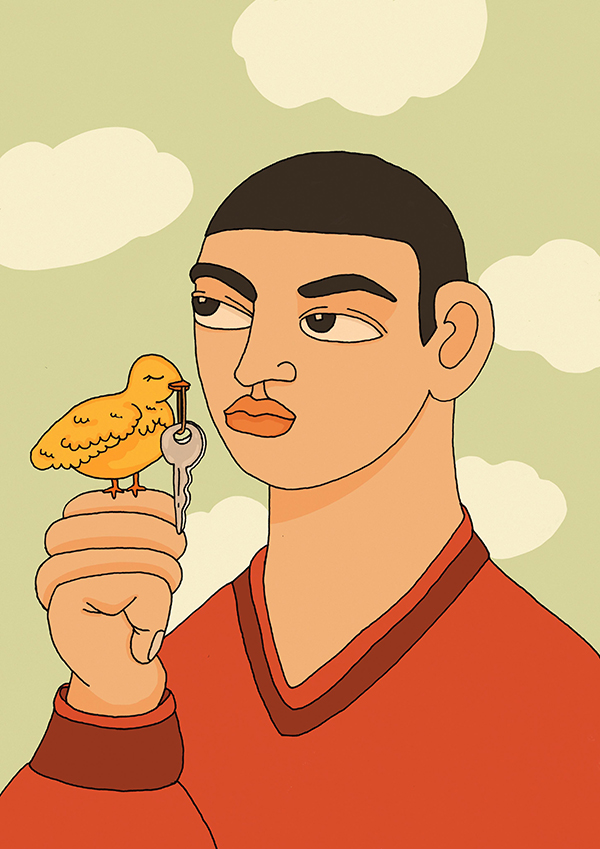
Amil is autistic, and he lives in a rural village with his family. They have no help, and there are no services in the community, so he spends all his days and nights locked up in a room. When there is no government support, home can become a prison. (Click on the image)

Ashia: The straitjacket of stigma
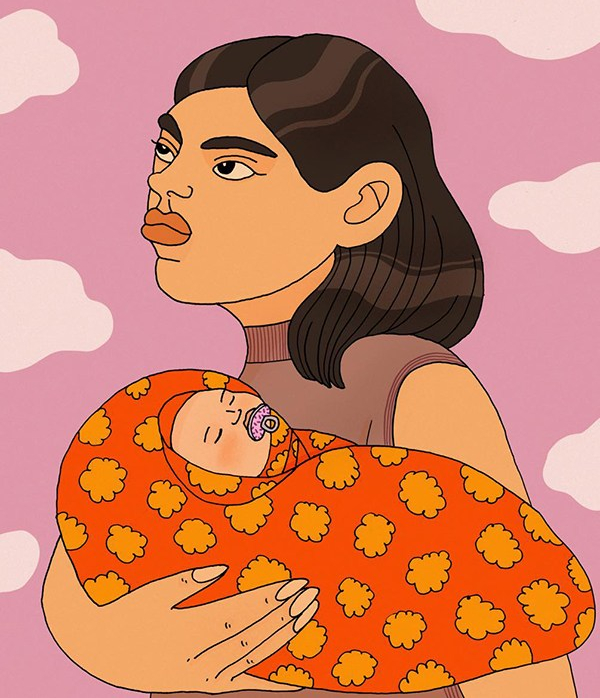
When Ashia found out that she was pregnant, she stopped taking her psychiatric medication to prevent harming the baby. But after giving birth, her child was placed in foster care, and Ashia was locked up in a psychiatric ward. Instead of providing the support she needed, the State took away Ashia’s child, and her liberty. Here’s Ashia in her room. (Click on the image)
Ireti: the jail of disdain
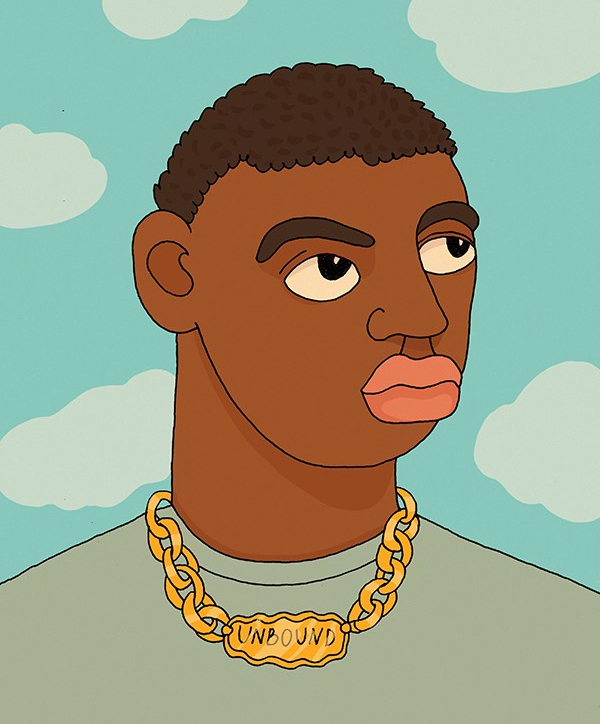
Ireti is black and deaf, and he’s an immigrant. He was wrongly accused of stealing his own ipad. Being unable to communicate verbally and without access to a sign language interpreter, he spent six weeks in jail. (Click on the image below)
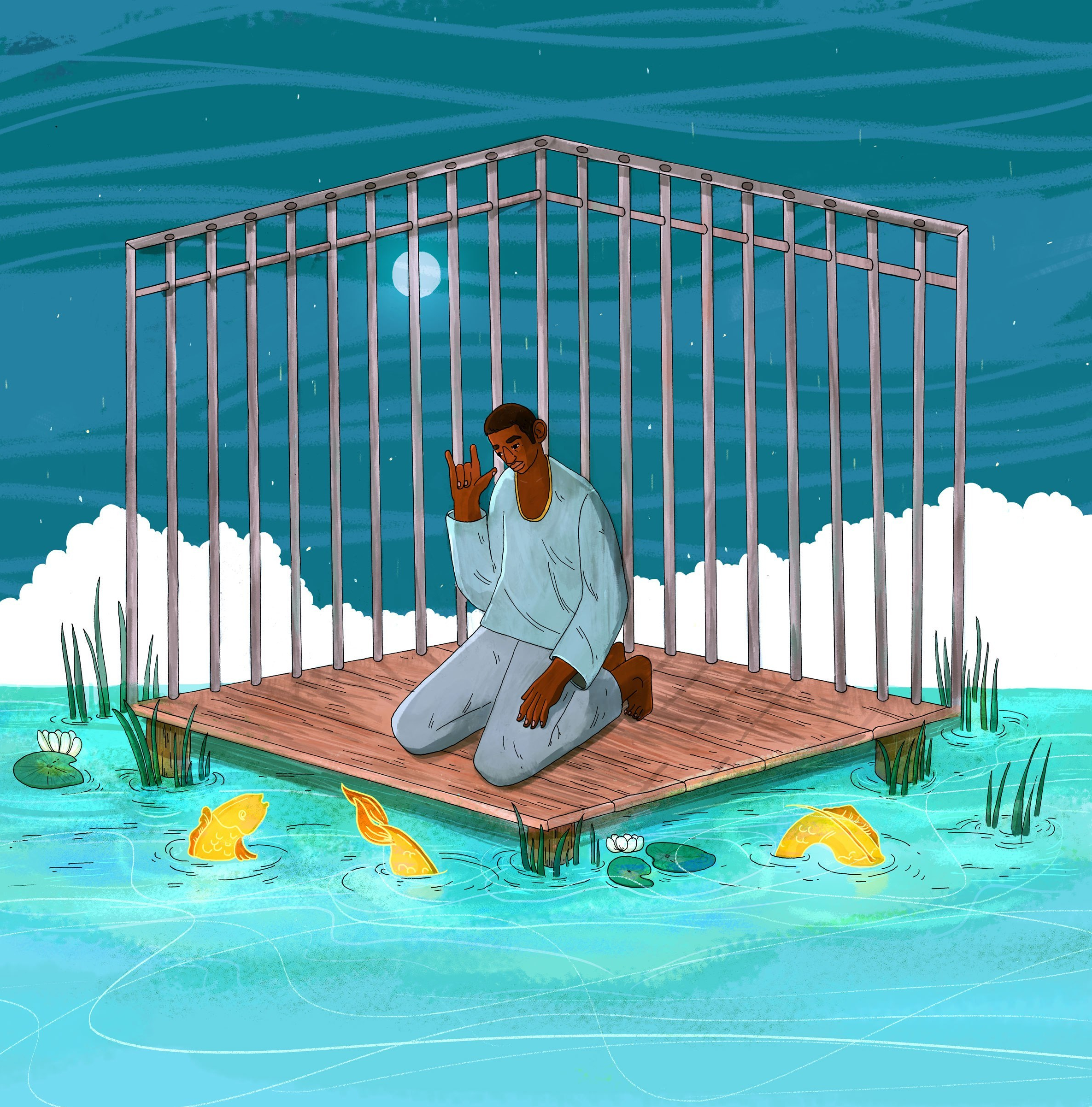
Themba: the chains of ignorance.

Themba lies on a dirty floor, his foot shackled and chained to the wall. He is in a “prayer camp”, where persons with intellectual and psychosocial disabilities are chained and caged until the leader decides that their spirits are healed.

Umit: the horror of contempt.

Umit, Umit, a person with psychosocial disabilities, was jailed for drug possession. Because of his diagnosis of schizophrenia, he spent most of his time in solitary confinement. The guards thought that he was disrespectful, and wanted to “teach him a lesson”. They took him to the showers, and hosed him down with water hot enough to brew tea. Umit died, his skin falling off at the touch.


Around the world, millions of children, women and men with disabilities like Espe, Ireti, Ashia, Amil, Themba and Umit, remain captive and invisible.
But there are other stories that show us the way to inclusion…


